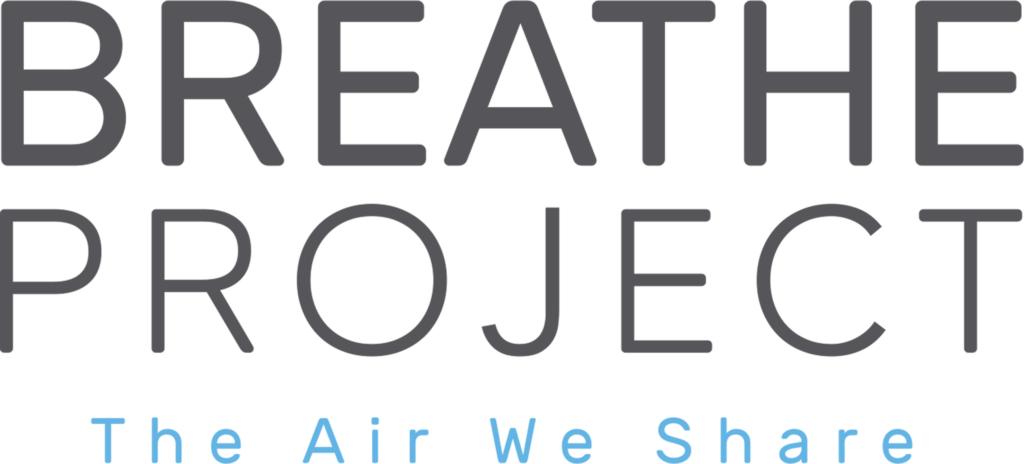(The following was reprinted with permission by Dr. Ketyer of Pediatric Alliance)
By Dr. Ned Ketyer
Dr. Ned Keyter is one of the founding physicians of Pediatric Alliance and served as its president from 1997-2004. He has been practicing general pediatrics at Pediatric Alliance since 1990. He also serves on the board of the Environmental Health Project.
Despite the many successes and advancements in the field of children’s environmental health (CEH) over the past few decades, today’s children face an epidemic of illnesses and chronic diseases – linked to environmental exposures, and our changing climate. There is an urgent need to put children and their families into the forefront of our nation’s public health and environmental health related actions.
Calling for urgent action with “A Blueprint for Protecting Children’s Environmental Health,” the Children’s Environmental Health Network’s vision statement supports the following principles:
• All children have the right to breathe clean air, eat safe and healthful food, drink pure water, and enjoy toys and products free from environmental health and safety threats;
• All children have the right to healthy, safe, and secure homes, child care facilities, schools, and communities;
• All children and their parents and caretakers have the right to know about proven and potential hazards to their environmental health and safety and to protection from these threats.
All of us, together, have a responsibility to protect the rights listed above for our most cherished accomplishments — our children. That means collectively prioritizing the needs of our children first:
Our vision is of a society that puts children at the center. We urge renewed and collective societal action to make this vision real by:
• Mobilizing society to take action on children’s environmental health — placing a strong priority on children and families;
• Creating knowledge essential for effective action and making use of the knowledge we have;
• Marshaling the engine of the economy to achieve environments in which children can thrive and enjoy abundant opportunity for building a sustainable, economically secure future; and
• Building the political will in our institutions of government for child-centered policies.
Children are not simply little adults. There are a number of ways that children are more vulnerable than adults to environmental health threats and pollution:
• Children depend on adult caregivers for basic needs, including ensuring a clean and safe environment.
• Children eat more food, drink more water, and breathe more air by weight than adults do, increasing their risk of exposure to damaging chemicals.
• Children are susceptible to damage from pollution and toxic chemicals because their bodies are continually growing and developing.
• Rapidly developing organs are more vulnerable to damage.
• Children have thinner, more permeable skin, less developed immune systems, lower levels of chemical-binding proteins that help rid their bodies of toxic materials, immature organs tasked with detoxifying and excreting toxics (especially liver and kidneys), and more porous blood-brain barriers compared to adults.
• Children’s behaviors and interactions with the environment increase their risks of exposures. They spend more time outdoors playing in the grass and dirt where pollution settles. They put everything in their mouths, including toys, food, and fingers. And every parent will agree that keeping kids’ hands washed and clean can be an unending chore.
• Children have a longer “shelf life” than adults. That means compared to older adults, they have more years ahead of them to manifest symptoms of disease after exposure to toxic chemicals and pollution.
We must remember that the best predictor of adult health is health during childhood. In other words, poor health in childhood increases the likelihood of poor health in adulthood.
Today more than ever provides us with a reminder to have a look around at our surroundings and find ways to keep our homes, our schools, and our outdoor spaces clean and safe. Not for the sake of cleanliness, but for the sake of our children’s health and safety.
Read more from the Children’s Environmental Health Network here.

